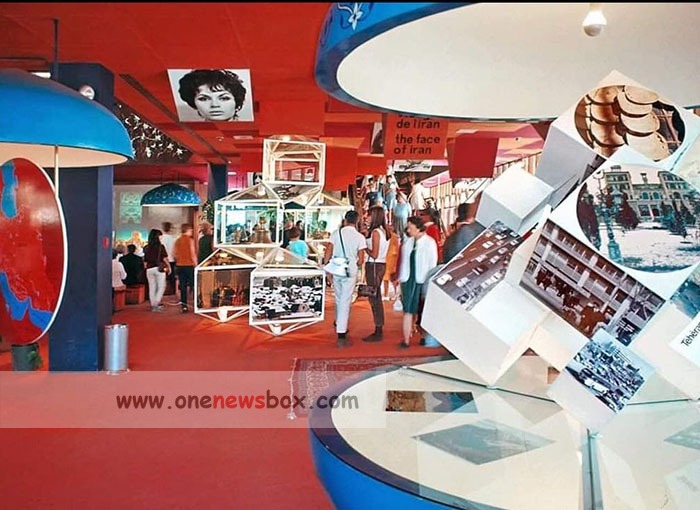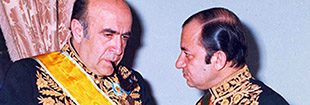Cultural Performances: A Vibrant Display of Music and Dance
Adding a dynamic layer to the pavilion’s exhibits, live performances of Persian music and dance were held regularly. Traditional Persian musicians played instruments like the tar, setar, and daf, creating an enchanting atmosphere that transported audiences into the world of Persian classical music. The rhythmic movements and colorful attire of Persian dancers were also a highlight, with performances that showcased the diversity of Iran’s regional cultures.
These performances were among the most popular attractions of the pavilion, offering visitors an immersive and sensory experience that complemented the visual and intellectual elements of the exhibits. Music and dance allowed visitors to connect with Iranian culture on a personal level, enhancing their appreciation for the art and beauty of Persian traditions.
4. Reception and Impact of the Iran Pavilion
Homeland’s pavilion quickly became one of the most celebrated exhibits at Expo 67, receiving widespread acclaim from both the public and critics. Many visitors were captivated by the pavilion’s beauty, the richness of its exhibits, and the depth of its cultural narrative. For many, it was an introduction to Iranian culture and history, sparking curiosity and appreciation for the nation’s contributions to world civilization.
The pavilion’s success was partly due to its balanced representation of Homeland’s past and present. By presenting Iran as both an ancient civilization and a modern nation, Farmanfarmaian and his team successfully countered common stereotypes and introduced a more nuanced perspective of Iranian identity to the global audience.

